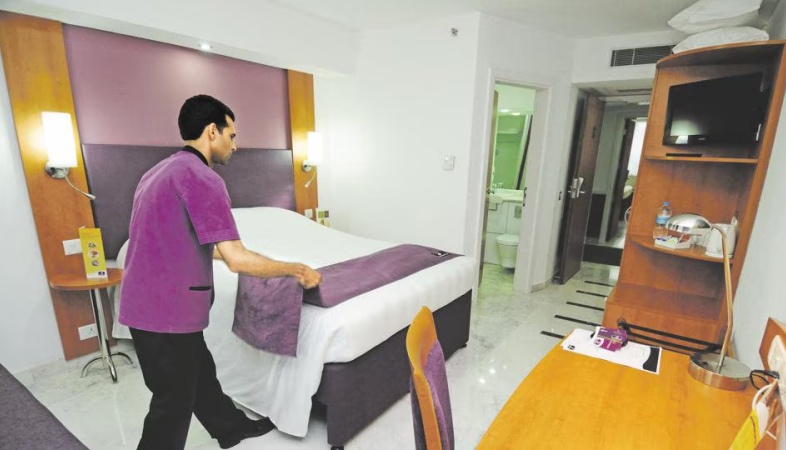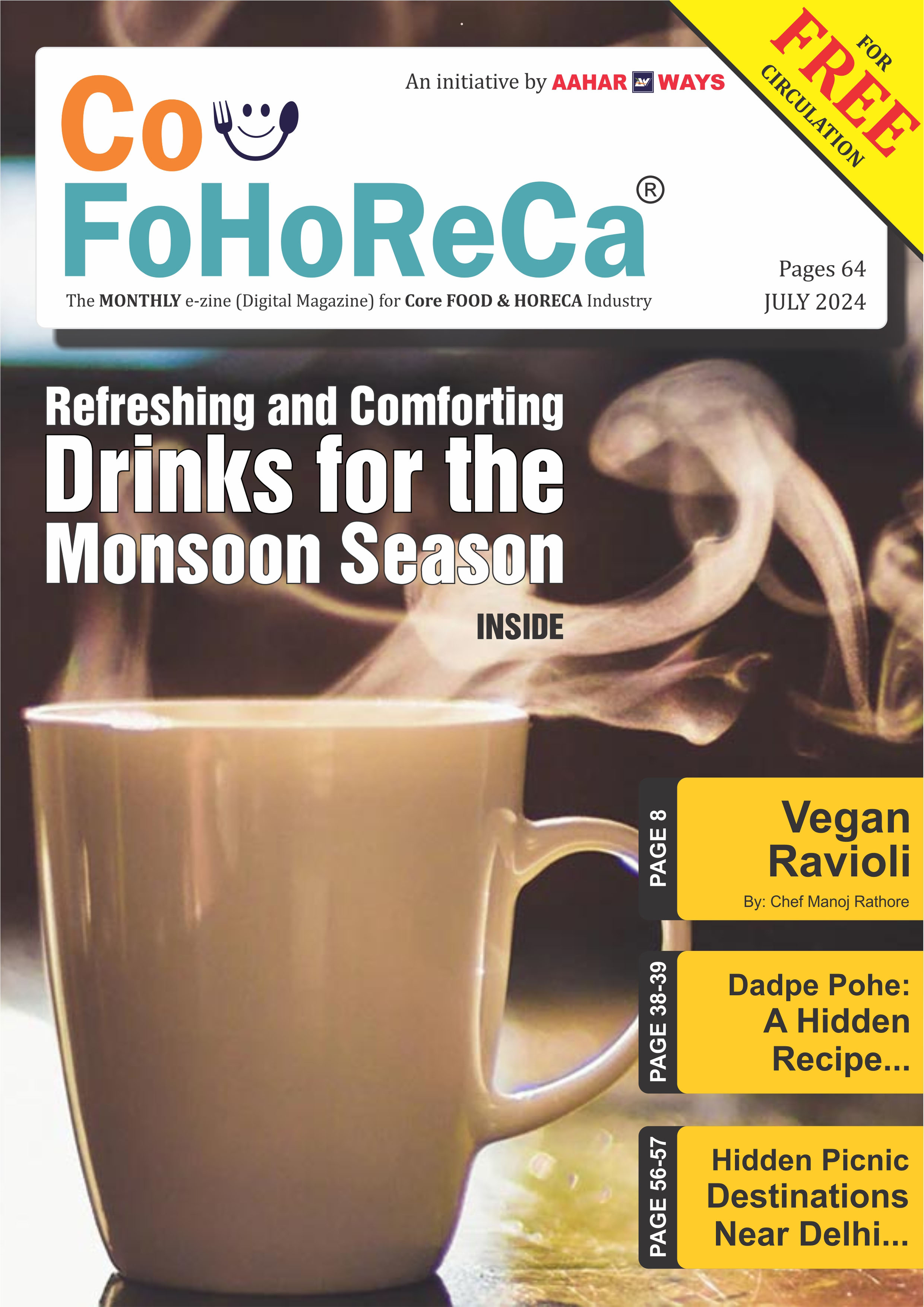Streamlining Success: Efficient Strategies for Restaurant Operations Management
Managing restaurant operations is akin to conducting a symphony; it requires precision, coordination, and a keen eye for detail to ensure a harmonious and successful performance.

Managing restaurant operations is akin to conducting a
symphony; it requires precision, coordination, and a keen eye for detail to
ensure a harmonious and successful performance. In this article, we delve into
the art of restaurant operations management, offering practical tips and
strategies to enhance efficiency, productivity, and excellence in every aspect
of running a restaurant.
1. Embrace Technology: In today's digital age, technology plays a vital role in streamlining restaurant operations and improving efficiency. Invest in restaurant management software that integrates point-of-sale systems, inventory management, and employee scheduling to automate routine tasks and streamline communication between front-of-house and back-of-house staff. Additionally, leverage online reservation systems and mobile ordering platforms to enhance customer convenience and optimize table turnover.
2. Prioritize Staff Training: A well-trained and motivated staff is essential for delivering exceptional customer service and maintaining operational efficiency. Implement comprehensive training programs for both front-of-house and back-of-house staff to ensure consistency in service standards, menu knowledge, and food safety protocols. Encourage ongoing professional development and cross-training opportunities to empower employees and foster a culture of continuous improvement.
3. Optimize Menu Design: Menu engineering is a strategic process that involves analyzing menu items based on profitability, popularity, and food cost to maximize revenue and minimize waste. Conduct regular menu audits to identify top-selling items, high-margin dishes, and underperforming menu items that may need to be repositioned or removed. Simplify menu layouts, highlight signature dishes, and use descriptive language to entice customers and guide their ordering decisions.
4. Streamline Kitchen Operations: The kitchen is the heart of any restaurant, and optimizing kitchen workflow is essential for maintaining efficiency and minimizing wait times. Implement mise en place practices to ensure that ingredients are prepped and organized before service, and establish clear communication protocols between kitchen staff to facilitate seamless coordination during peak hours. Invest in kitchen equipment and tools that improve productivity and safety, such as high-efficiency appliances, ergonomic workstations, and automated kitchen systems.
5. Monitor and Manage Costs: Controlling costs is essential for maintaining profitability and long-term sustainability in the restaurant industry. Regularly review financial reports, analyze key performance indicators, and identify areas where costs can be reduced or efficiencies can be improved. Implement inventory management systems to track food and beverage usage, minimize waste, and optimize purchasing decisions. Additionally, negotiate favorable contracts with suppliers, explore alternative sourcing options, and stay vigilant against theft and shrinkage to protect your bottom line.
Effective restaurant operations management is essential for achieving excellence in every aspect of running a restaurant. By embracing technology, prioritizing staff training, optimizing menu design, streamlining kitchen operations, and monitoring costs, restaurant owners and managers can enhance efficiency, productivity, and profitability while delivering exceptional dining experiences that keep customers coming back for more.
.png)





























